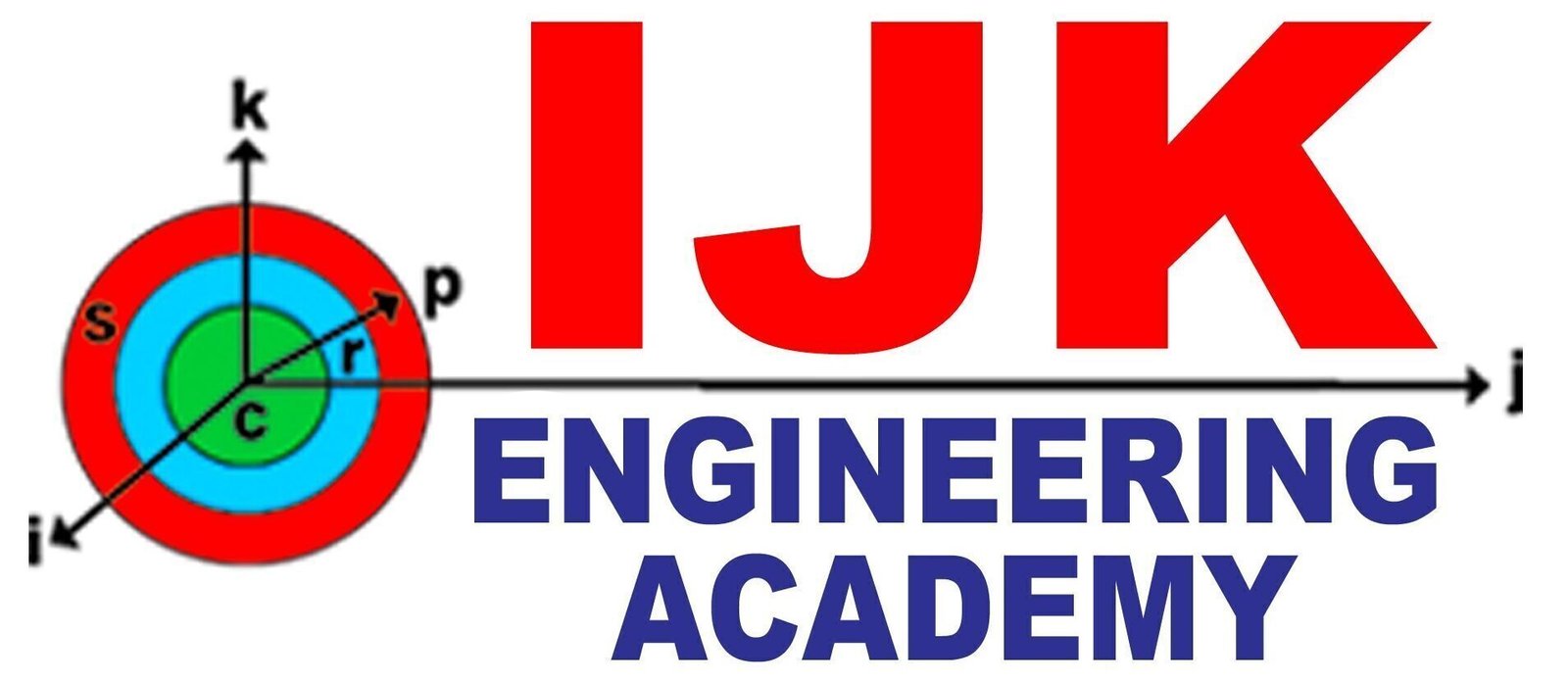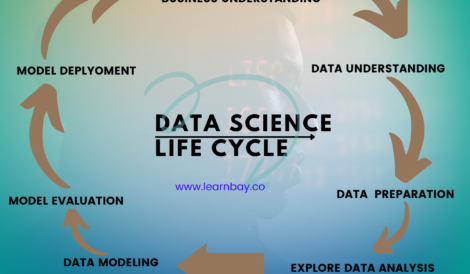C-PROGRAMMING
About Course
Certainly! Here’s an introduction to the C programming language:
C is a powerful and widely used procedural programming language that was created by Dennis Ritchie at Bell Labs in the early 1970s. It has had a significant impact on the field of computer programming and has been the foundation for many other programming languages.
Here are some key characteristics and concepts of the C programming language:
1. **Procedural Language:** C is a procedural programming language, which means it follows a linear flow of execution. Programs are organized into functions that contain sets of instructions.
2. **Structured Programming:** C supports structured programming paradigms, promoting the use of functions, loops, and conditional statements to build complex programs. This allows for modular and maintainable code.
3. **Portability:** C was designed with portability in mind. Programs written in C can be compiled and run on various platforms with minor modifications. This is achieved by separating the platform-dependent code from the platform-independent code.
4. **Low-Level Programming:** C provides features that allow you to access memory addresses directly and manipulate hardware at a low level. This makes C suitable for systems programming, such as operating systems and embedded systems.
5. **Static Typing:** C is statically typed, meaning variable types need to be declared before they are used. This catches type-related errors at compile time, enhancing program reliability.
6. **Pointer Support:** C includes the concept of pointers, which are variables that store memory addresses. Pointers allow for efficient memory management and advanced programming techniques.
7. **Standard Library:** C comes with a standard library that provides various functions for common tasks like input/output, string manipulation, memory allocation, and more.
8. **Efficiency:** C is known for its efficiency and speed. It provides fine-grained control over memory and hardware resources, making it suitable for performance-critical applications.
9. **Small Core Language:** C has a relatively small set of keywords and features, making it relatively simple to learn and understand, especially when compared to more modern programming languages.
A simple “Hello, World!” program in C looks like this:
“`c
#include <stdio.h>
int main() {
printf(“Hello, World!\n”);
return 0;
}
“`
To get started with C programming, you’ll need a C compiler. Some popular C compilers include GCC (GNU Compiler Collection) and Microsoft Visual C++. You write your C code in a text editor or an integrated development environment (IDE), save it with a `.c` extension, and then use the compiler to convert your source code into an executable program.
As you delve deeper into C, you’ll learn about data types, variables, operators, control structures (such as loops and conditionals), functions, arrays, pointers, memory management, and more. C programming is a foundational skill that can provide you with a solid understanding of how computers work at a low level and can be a stepping stone to learning other languages and concepts.




